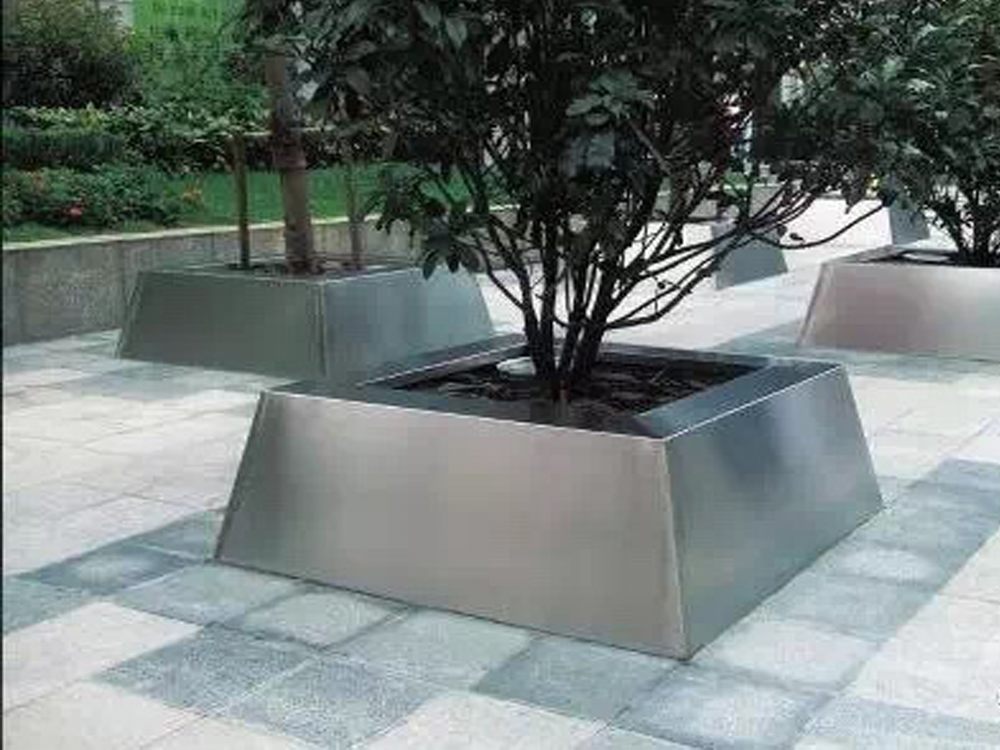
Artists have long embraced the unpredictable beauty of natural stone fractures, transforming what some might see as flaws into extraordinary artistic features. By carefully studying the unique patterns of cracks and fissures, sculptors and stoneworkers incorporate these organic elements into their designs, allowing the material itself to guide their creative process.
One common technique involves using fractures as natural dividing lines in compositions, creating dramatic contrasts between smooth and textured surfaces. Some artists fill fissures with contrasting materials like gold resin (kintsugi-inspired) or colored epoxy, highlighting nature's imperfections rather than hiding them. Others carve along existing fracture lines to enhance their visual impact, turning random cracks into intentional design elements.
Contemporary stone artists often seek out stones with particularly striking fracture patterns, valuing these "flaws" as signatures of geological history. The Japanese aesthetic of wabi-sabi, which finds beauty in imperfection, heavily influences this approach. From small decorative objects to monumental sculptures, these creative treatments of natural fractures demonstrate how artists collaborate with, rather than fight against, the inherent qualities of their materials.
The most skilled practitioners develop an intuitive understanding of stone's structural properties, knowing when to follow a fissure and when to stabilize it. This delicate balance between artistic vision and material constraints results in works that feel simultaneously crafted and naturally formed - a testament to human creativity working in harmony with geological forces.

